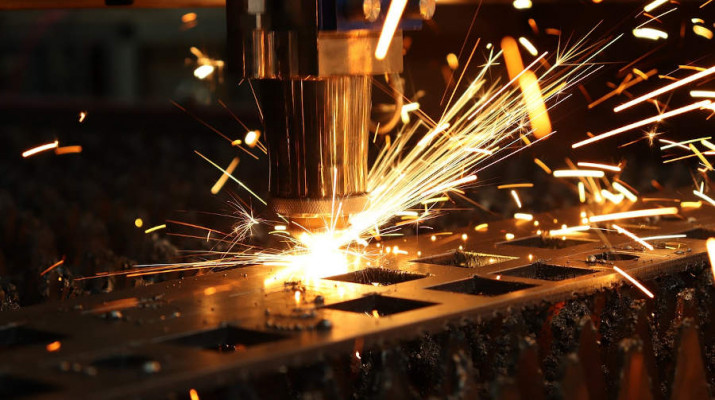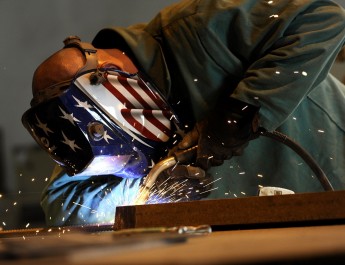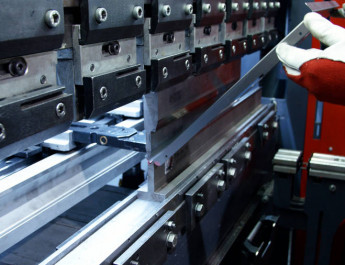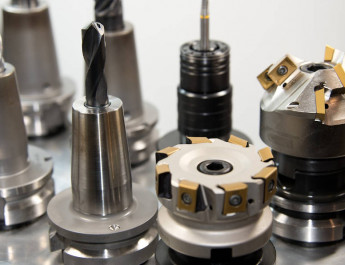Sheet metal cutting is a crucial process in the metal industry, serving various applications across sectors like automotive, aerospace, construction, and electronics. With advancements in technology, manufacturers have access to multiple cutting methods, each with its own set of advantages and disadvantages. Among these methods, laser cutting has gained significant popularity due to its precision, versatility, and efficiency. However, it’s essential to understand how laser cutting compares to other cutting technologies to determine the best approach for specific applications.
Overview of Sheet Metal Cutting Technologies
Laser Cutting
Sheet metal laser cutting utilizes a high-powered laser beam to cut through materials, including sheet metal, with exceptional precision. The process involves focusing the laser beam onto the workpiece, which melts, burns, or vaporizes the material, leaving a clean and precise cut. Laser cutting offers several advantages, including:
- Precision: Laser cutting provides high levels of accuracy, allowing for intricate and complex designs without the need for additional finishing.
- Speed: It is a fast and efficient process, making it suitable for high-volume production runs.
- Versatility: Laser cutting can be used with various materials and thicknesses, offering flexibility in manufacturing.
- Minimal Material Waste: The narrow kerf width of the laser beam results in minimal material wastage, contributing to cost-effectiveness.
Despite its advantages, laser cutting has limitations, such as higher initial investment costs and limitations in cutting thick materials.
Plasma Cutting
Plasma cutting involves ionizing gas (plasma) to cut through electrically conductive materials like steel, stainless steel, aluminum, and copper. The process generates an electric arc that passes through the gas, creating a plasma jet that melts the material and blows away the molten metal. Plasma cutting offers the following benefits:
- Versatility: Plasma cutting is suitable for cutting various thicknesses of metal, from thin sheets to thicker plates.
- Speed: It is a fast process, making it ideal for cutting thick materials in industrial applications.
- Cost-Effectiveness: Plasma cutting systems are generally more affordable than laser cutting machines, particularly for cutting thicker materials.
However, plasma cutting may produce rougher edges compared to laser cutting, and it can generate more heat-affected zones, potentially affecting the material properties.
Waterjet Cutting
Waterjet cutting utilizes a high-pressure stream of water mixed with abrasive particles to cut through materials. The abrasive waterjet can cut through a wide range of materials, including metals, composites, glass, ceramics, and plastics. Waterjet cutting offers the following advantages:
- Cold Cutting: Since waterjet cutting does not generate heat, it is suitable for materials sensitive to high temperatures.
- Versatility: It can cut through materials of varying thicknesses and hardness with minimal setup changes.
- Environmentally Friendly: Waterjet cutting is considered environmentally friendly as it does not produce hazardous fumes or waste materials.
However, waterjet cutting may have slower cutting speeds compared to laser or plasma cutting, and it may not be as precise for intricate designs.
Why Laser Cutting May Be Preferred
While each cutting technology has its strengths and weaknesses, laser cutting is often preferred in certain applications due to its precision, speed, and versatility. Here are some scenarios where laser cutting excels:
- Intricate Designs: Laser cutting is ideal for intricate and detailed designs, such as decorative patterns or precision components in electronics.
- Thin Materials: For thin sheet metal applications where precision is paramount, laser cutting offers unparalleled accuracy without distortion or warping.
- High-Volume Production: Laser cutting’s fast cutting speeds make it suitable for high-volume production runs, where efficiency is critical to meet tight deadlines.
- Minimal Material Waste: In applications where minimizing material wastage is essential for cost-effectiveness, laser cutting’s narrow kerf width ensures optimal material utilization.
- Automation Integration: Laser cutting systems can be easily integrated into automated production lines, streamlining the manufacturing process and reducing labor costs.
Vital process in the metal industry
Sheet metal cutting is a vital process in the metal industry, and choosing the right cutting technology is crucial for achieving desired outcomes in terms of precision, efficiency, and cost-effectiveness. While laser cutting offers numerous advantages, including high precision, speed, and versatility, it’s essential to consider the specific requirements of each application to determine the most suitable cutting method. By understanding the strengths and limitations of different cutting technologies, manufacturers can make informed decisions to optimize their production processes and meet the demands of various industries.




